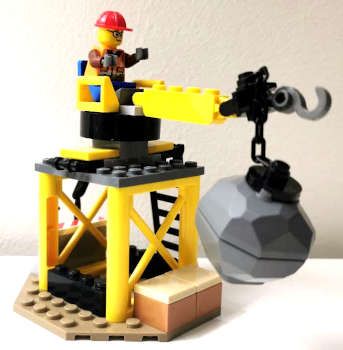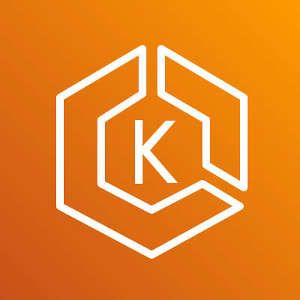-
Setting up the Vertical Pod Autoscaler
3 min read

To be able take advantage of using a Cluster Autoscaler (same applies to AWS Karpenter) we need make sure we properly set the resources any scheduled Pod is requesting to Kubernetes:
- If we are requesting too much resources, we will be wasting resources
- If we are requesting too few, the application might end up on a node where it needs to constantly share resources with other Pods
When we are not use the resources a given Pod or container is going to use, we can use the Vertical Pod Autoscaler to help us define them
14/02/2022
Read more... -
Installing and configuring AWS Karpenter
7 min read

Starting November 29th 2021, AWS is considering that Karpenter is ready for production: It is a cluster autoscaler alternative intended to improve the efficiency and cost of running workloads on Kubernetes clusters
03/12/2021
Read more... -
Prevent a Pod being evicted by the cluster autoscaler
2 min read

The cluster autoscaler takes into consideration several factors when it chooses a node to remove (evicting it's Pods)
28/10/2021
Read more... -
How to avoid pods of the same Deployment to be scheduled on the same node
2 min read

For some applications we might want to avoid having two or more Pods belonging to the same Deployment to be scheduled on different nodes, yet we don't need them to be a DaemonSet. Let's use as an example the cluster autoscaler: We would like to have two replicas but not on the same node, since if we are draining the node an there's not enough capacity on the other nodes with both Pods offline a manual intervention would be required to spawn a new node
$ kubectl get pods -n autoscaler -o wide NAME READY STATUS RESTARTS AGE IP NODE NOMINATED NODE READINESS GATES autoscaler-aws-cluster-autoscaler-585cc546dd-jc46d 1/1 Running 0 16h 10.103.195.47 ip-10-12-16-10.eu-west-1.compute.internal <none> <none> autoscaler-aws-cluster-autoscaler-585cc546dd-s4j2r 1/1 Running 0 16h 10.103.195.147 ip-10-12-16-10.eu-west-1.compute.internal <none> <none>To do so we will have to configure affinity
11/08/2021
Read more...